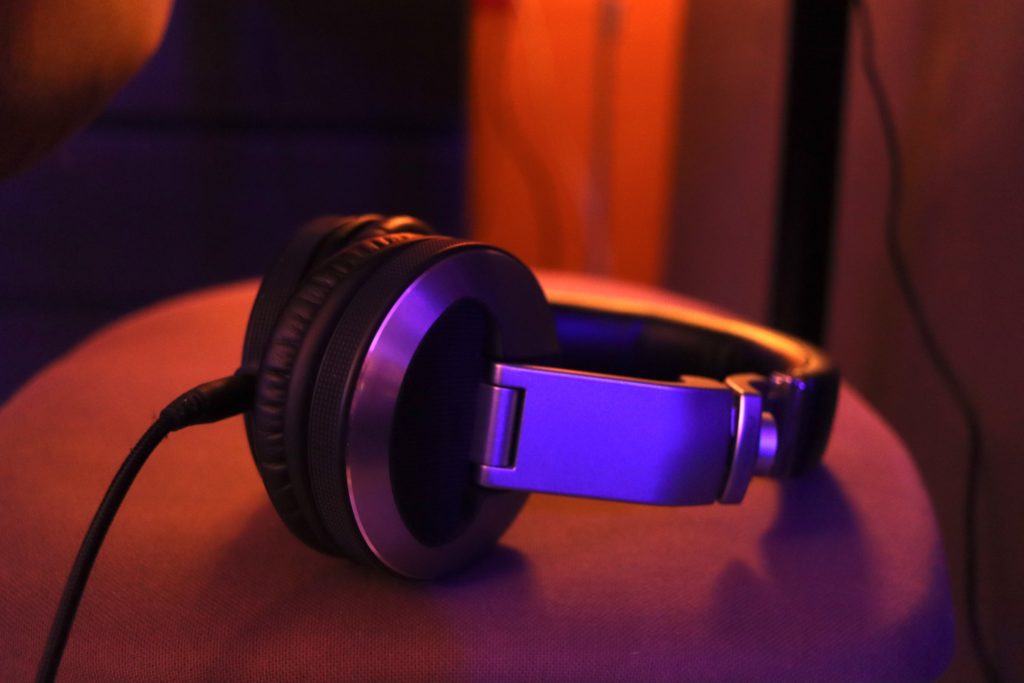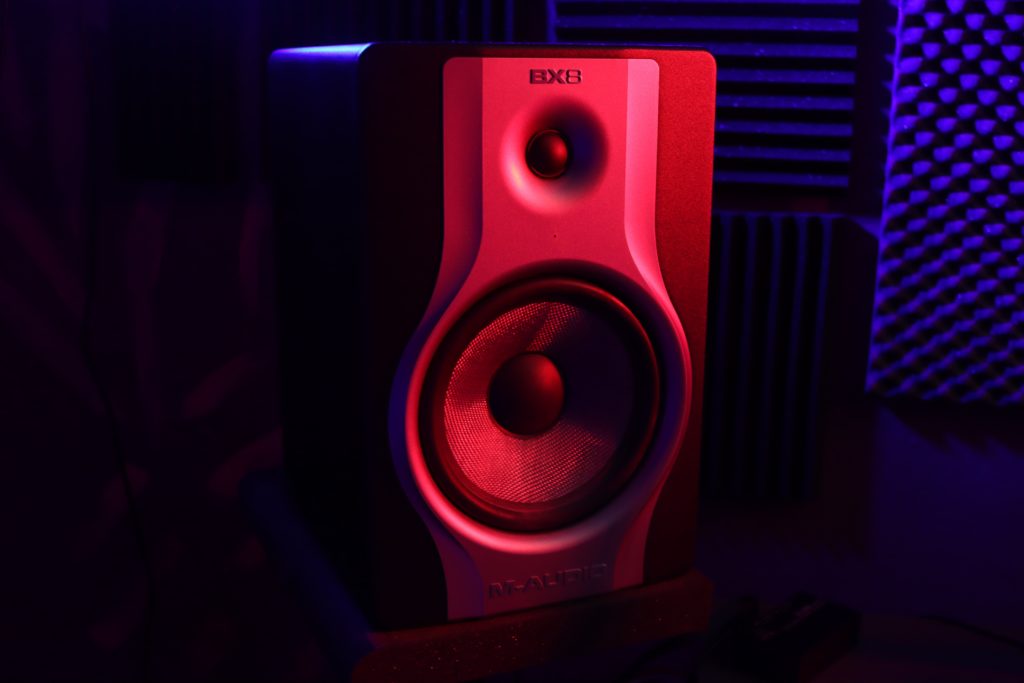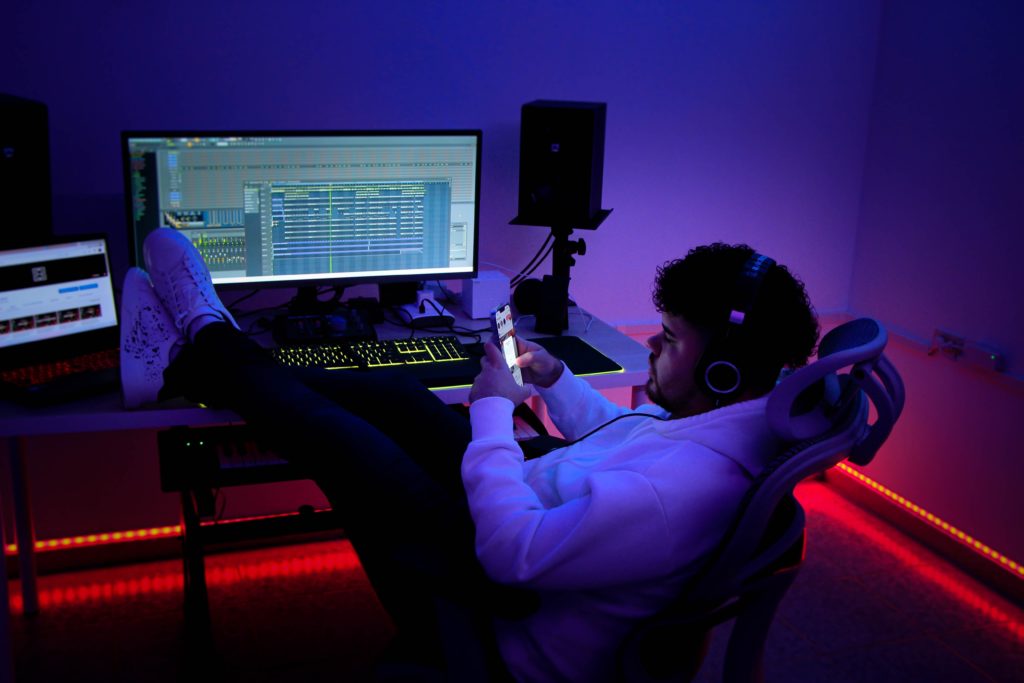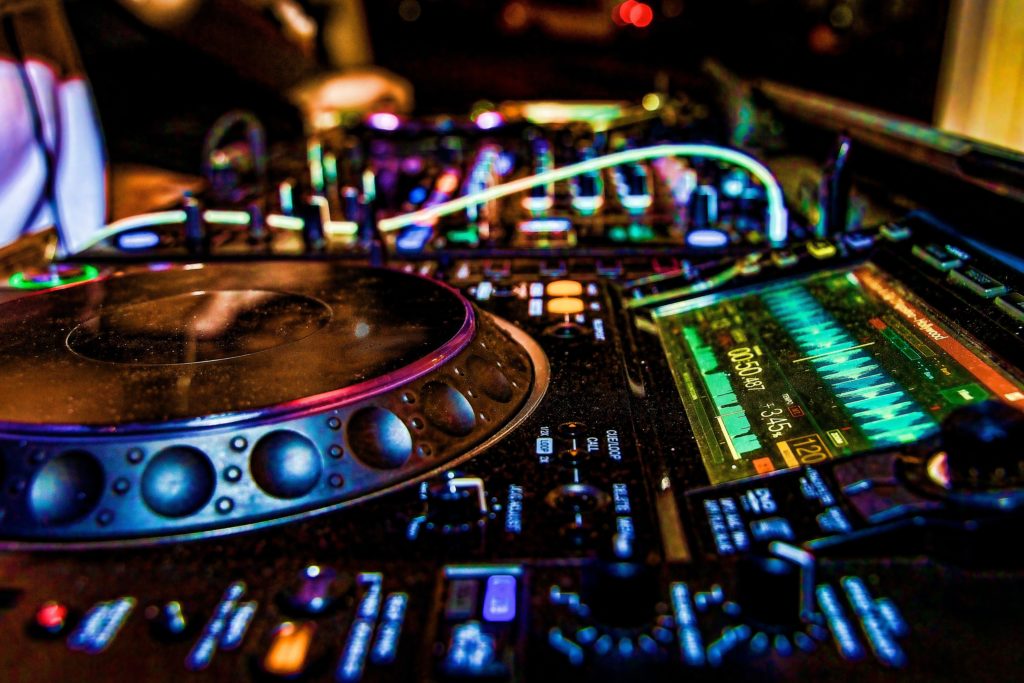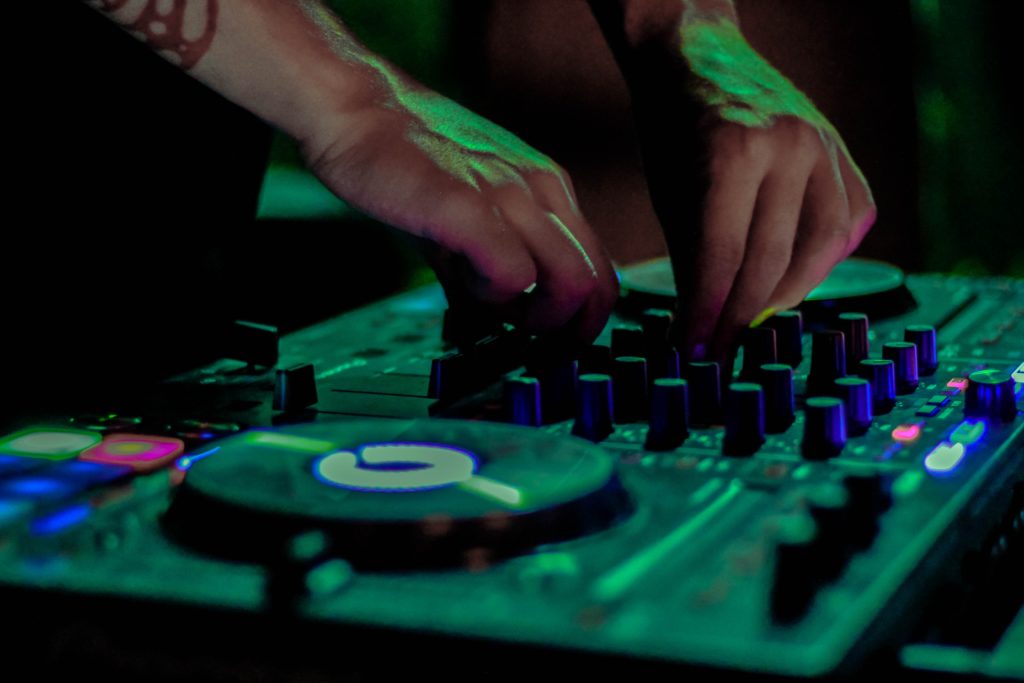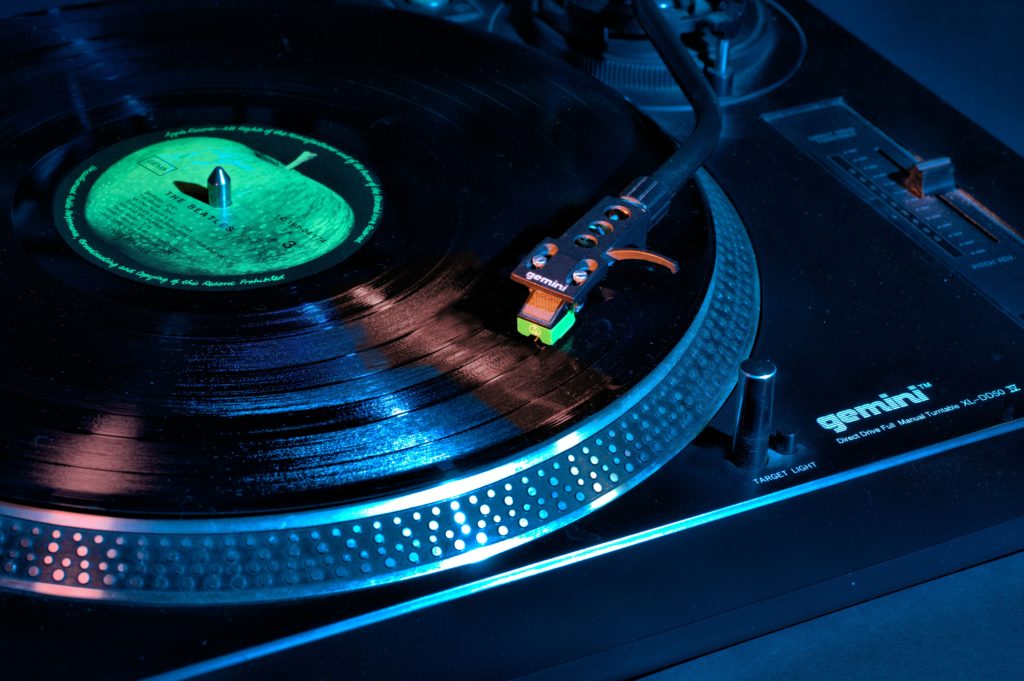The Aeolian mode is adaptable to an extremely extensive variety of musical settings due to the fact that it shares all of the same notes as the natural minor scale. In this post, we are going to talk about the Aeolian mode, what it is, how it is different from natural minor, some popular songs that use it, and how you may use it in your own music.
The Definition and Background of the Aeolian Mode
Given that it starts on the sixth note of the major scale, the Aeolian mode is considered to be the sixth mode of the major scale. If we were to use the scale from the key of C major as an example, the note A would represent the sixth position in that scale. Therefore, we would refer to it as the Aeolian mode in this case.
The ancient territory of Aeolis, which included both the Aeolian Islands and the neighboring coastal province of Asia Minor, is where it is thought that the Aeolian mode first emerged. The Aeolian mode derives its name from this historical location. During the Medieval and Renaissance centuries, modes began to be employed as the melodic and harmonic backbone for compositions. This was one of the many factors that contributed to the creation of many different types of music during these time periods. As time progressed, the concepts of modal interaction and modal mixing were also developed. These concepts promoted the usage of the Aeolian mode in conjunction with other modes within the same work.
In the 20th century, the Aeolian mode saw a renaissance as a result of the proliferation of genres including folk, jazz, and rock, which were appreciated for their expressive adaptability. Today, it is employed in practically all genres of music, and it is often used to create a range of different sentiments, including melancholy, desire, and despair.
Harnessing the Power of the Aeolian Mode in Your Music
The Aeolian mode reigns as one of the most revered and frequently used modes in music creation. Its vast reach and adaptability mean that pinning down every possible application is no easy task. However, we’ve rounded up a few typical scenarios that could benefit from its rich resonance, if you’re wondering when and how to incorporate this mode into your musical composition.
Channeling Melancholy and Sorrow
Our journey begins with the emotional depth the Aeolian mode brings to the table. It’s a renowned go-to for conveying feelings of sorrow or melancholy. There’s flexibility in its use – from subtly hinting at these emotions through upbeat tempos or transitions to Ionian, to generating a profoundly heartbreaking impact by coupling the mode with slower tempos and moving arrangements like dramatic, surging strings.
Harmonizing with Lyrical Themes
The Aeolian mode also shines when it aligns with the lyrical context of your song. If your lyrics are delving into narratives of personal battles, self-reflection, or heartbreak, utilizing the Aeolian mode can fabricate a musical canvas that perfectly complements your lyrics. It thus strengthens the emotional resonance of what your words aim to express.
Highlighting the Uniqueness of Other Modes
Even though its omnipresence might make the Aeolian mode seem less distinctive to the ear compared to other diatonic modes, you can turn this around to your benefit. If your composition leans towards modal mixture or modal contrast, the Aeolian mode’s ‘classic’ tone can act as a wonderful contrast. It can be juxtaposed against other modes to accentuate their unique pitches, providing your piece with an intriguing musical diversity.
Examples of Songs in Aeolian Mode
Popular songs that use the Ionian mode include:
“Brothers in Arms“ by Dire Straits
“I See Fire“ by Ed Sheeran
“All Along The Watchtower“ by Bob Dylan
“If I Was A Blackbird“ by Silly Wizard
“Rylynn“ by Andy Mckee
“Dani California“ by Red Hot Chili Peppers
“Beat It” by Michael Jackson
“Not A Second Time“ by The Beatles
“Losing My Religion“ by R.E.M
“Was Made for Loving You“ by Kiss


